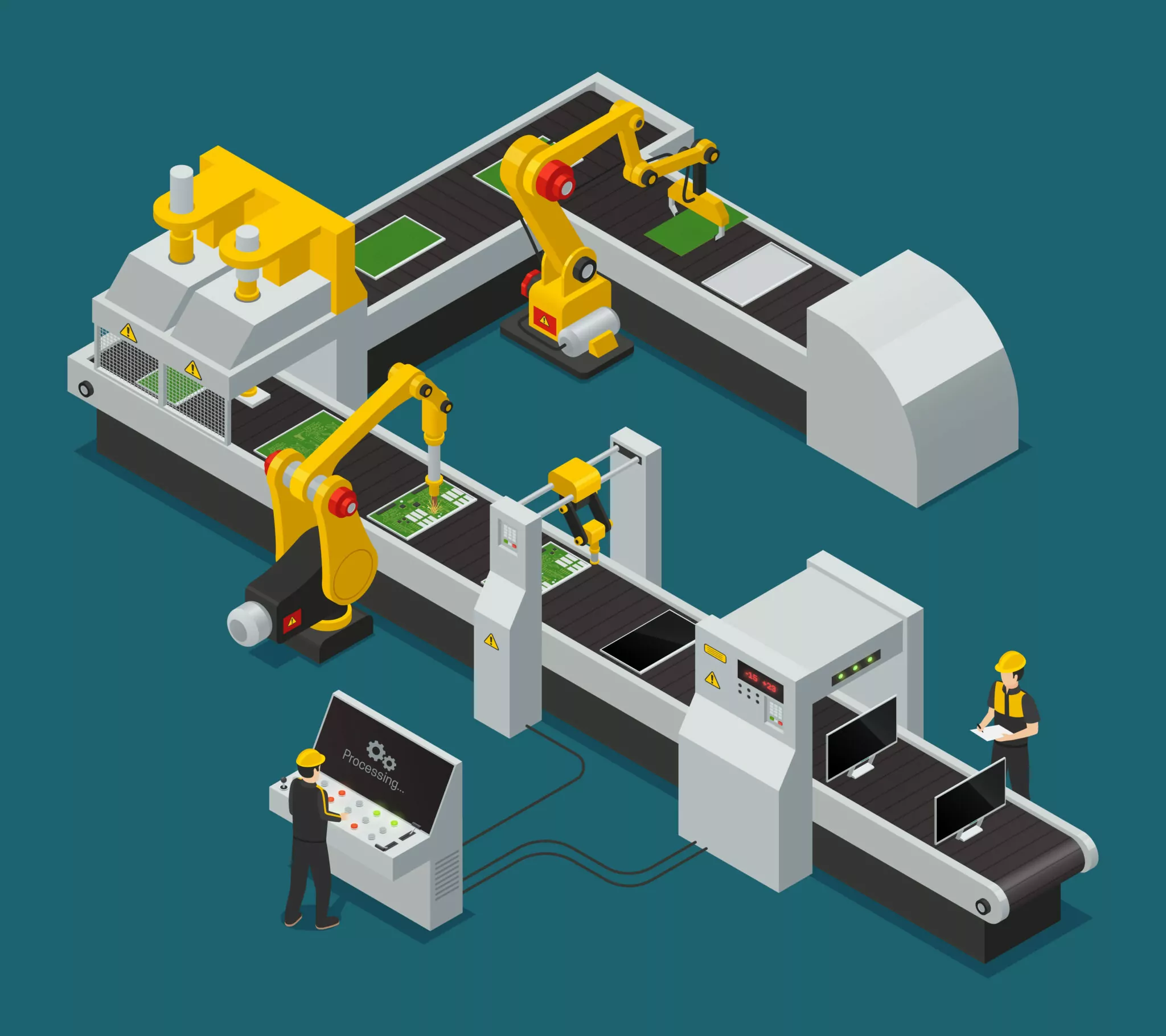Several companies endorse the concept of campus talent acquisition by encapsulating a set of well-devised strategies to engage with, assess, and hire young talent from different college campuses across geographical boundaries.
With the advent of digitisation, the campus recruitment process has witnessed a slew of transformations and has become more dynamic. To elucidate, campus hiring is not just going to college and selecting a candidate, it is a much more evolved realm.
Here’s a rundown of the campus hiring trends in 2023/2024 that have bettered the essence of the recruitment process:

Engage in pre/post placement connect and visibility to ensure seamless hiring
The process of campus recruitment is a highly demanding task. The talented prospects look for organisations that focus on diversity, equality, and inclusion, and offer a work-life balance. Providing fair remuneration with compensation, allowances, bonuses, concessions, and insurance schemes is also an important aspect that is taken into consideration while opting for a promising career.
Young people look for a level of flexibility at work that highlights the worker’s entrepreneurial spirit, bridges the communication gaps, limits inhibitions, and fosters peace of mind. Also, implementation of less strict guidelines contributes to a high number of recruits from campuses.
Besides online advertising, sending out brochures, and passing down company pamphlets and leaflets describing the job offers is a great step to attract the attention of college-goers.
It is important to engage in innovative recruitment strategies such as hosting informative sessions about the company to spark students’ interest. There are numerous stages of the campus recruitment procedure, namely, the filing of candidate applications, organising pre-placement talks, conducting screening, scheduling interviews, participating in group discussions, and having post-offer engagement conversations.
Developing offline promotional material to spread by word of mouth is a good strategy. Abiding by fair practices without any personal biases and conducting work sample tests to find the best candidate for the role requires great organisation and impeccable communication among the recruitment specialists.
In order to be at the forefront of things, hiring agencies should have immense involvement in college activities such as providing fest sponsorships and making efforts to organise apprenticeship programs. They might provide rotation days and sponsor field visits to establish a long-lasting and cordial relationship with the campus administrators.
Streamline the work and leverage all resources
College recruiters need to streamline their exercises by relying on databases of college students’ profiles to select the most deserving candidates from the lot. In addition to this, talent acquisition teams can make job descriptions on online portals succinct. They must curate interesting content about the company or business to create a great brand reputation.
Moreover, user-friendly company websites with proper landing pages help drive more online traffic and find the right hires without much ado. It is good to make the websites mobile-friendly so that talented prospects do not lose interest in the organisation.
The Hire-Pro end-to-end campus hiring platform has expert panels of recruiters who provide advice about building project support and incubation programs that help consolidate the brand.
By inviting potential candidates to join and share the experiences of new employees, different companies compensate for the shortage of talent. Not only this, campus ambassador programs help college students know about the organisational policies, ethos, and mission.
Besides providing lucrative career growth options to prospective employees, these companies provide virtual internship opportunities to draw students’ attention to campus recruitment.
Apart from this, advertising on alumni websites evokes pupils’ curiosity. If the candidates have passed the different stages of the recruitment process, then they must be kept abreast of the latest information related to their field of work. HR executives could send digital communication, arrange online sessions on conference apps, and engage via video calls to ensure the continuity of the process.
Count on behavioural assessments and hackathons
Focusing on employee value proposition helps find candidates with the right set of skills. A well-formed assessment strategy evaluates the competencies of prospects and who qualify as good hires for the organisation.
Provide the candidates with digital assessments to conduct situational judgement tests and introduce case study simulators to assess their cognitive abilities.
Making use of behavioural assessment tools and customised talent assessment platforms facilitates determination of the personality attributes or traits of the college aspirants. Not only do customised assessments facilitate the selection process, they also assess the candidates more accurately. Recruiting agencies often help organisations maximise their return on investment from the hiring process.
Evaluating the digital readiness/aptitude of talented prospects is important to help them perform well. In today’s scenario, incorporating data-driven techniques to assimilate candidate information from start to finish makes the process more efficient.
Organising hackathons and conducting video interviews provide the students with a platform to demonstrate their skills and prove their mettle. Developing cloud-based platforms managed by an adept team of recruiters makes the process of conducting online job fairs less intimidating for both the parties.
Through these sessions and interactions with prospective employees, recruiters can assess their professional demeanour, behavioural patterns, teamwork/problem-solving skills, resilience, flexibility, decision-making abilities, and style of work. This way, they can determine which prospects will be a valuable resource for the company.
Sending out letters of intent (LOI) to the selected candidates or rolling out offer letters marks the culmination of campus recruitment drives. Also keeping new hires involved via post-offer engagement strengthens their resolve to deliver their best in the job role.
Leverage automation to accelerate the recruitment process
Companies are increasingly relying on digitisation, AI-powered tools, and online proctoring to facilitate campus talent acquisition. The democratisation of the talent economy has made it possible to leverage technology and make good use of digital platforms. Nowadays, talent acquisition teams provide real-time support to help students find lucrative positions in their organisations.
A gamut of predictive analytical models help recruiters sift through candidate profiles by selecting the ones that match the company’s expectations or job roles. Not only that, automated services that respond to social media reviews on LinkedIn and other career development platforms help make employers more trustworthy.
Apart from this, applicant tracking software and online assessment platforms nowadays form a staple of the process. It is imperative for companies to provide their recruitment teams with live dashboards that help manage a hiring process step-by-step. These have made the task of conducting tests at scale possible, without a compromise on precise evaluation.
Promoting digital registration on the company’s portal, securing students’ access to devices and portals, and ensuring the presence of efficient internet infrastructure at college premises help in seamless campus acquisition.
Strengthen the hybrid campus recruitment process
Bringing the campus staff on board and seeking their referrals help find the right candidate for the company with an ethical professional demeanour. Upon discussion with the campus administrators, the agencies can conduct degree or certificate programs on college premises to recruit employees for the departments that need improvement.
In order to build trust with the stakeholders, several hiring managers can be involved in discussing the recruitment programs and their ideal outcomes.
Develop a highly-skilled recruitment team with experienced professionals
Different HR managers can collaborate with the right set of stakeholders to help them put together an adept team of recruiters. Talent acquisition teams have made college alumni a part of their recruitment process to leverage connections within the college campus. In order to upskill recruiters to take on the pressures of work, they can be exposed to curated workshops, seminars, and virtual events with experienced recruiters across the world.
As an example, the best recruiting executives have incorporated good hiring principles from the tremendous popularity of the virtual recruitment trend. By taking advantage of remote access to elite campuses, numerous agencies and organisations have been successful in recruiting top talent.
It is a good idea to prioritise the inclusion of at least one senior member in the selection team. They can be relied on to coordinate the work, resolve conflicts that arise during the process, and motivate recruiters to showcase the best of their skills.
Overcome obstacles by organising things to prevent confusion or chaos
Effectively handholding candidates by making use of the right digital tools makes hiring seamless and transparent, allowing no room for errors or misconduct. Exercising a level of transparency in the process and making use of a fraud-proof selection process simplifies the voluminous task of campus hiring to a great extent.
During the selection procedure, the use of speech recognition, facial recognition, and automated proctoring software helps prevent impersonation or the use of unscrupulous means to pass. AI-powered candidate selection ensures bias free results. Allowing aspirants access to video interview platforms with lesser bandwidth requirements can also make a difference.
What is most important is that these tools and processes incorporated into your hiring flow are clearly communicated to the aspirants.
Campus talent acquisition requires a well-devised strategy that takes into account different parameters and benefits both recruiters and aspirants. Many organisations have vast resources at their disposal to make their campus recruitment process a success while others walk a tight rope. The exercises above should help companies on all points of that spectrum scout and acquire the best talent from colleges.
References:
- https://tpe.vtm.mybluehostin.me/resources/blogs/7-ideas-to-innovate-your-campus-recruiting
- https://tpe.vtm.mybluehostin.me/resources/blogs/campus-recruiting-how-to-recruit-gen-z-effectively
- https://tpe.vtm.mybluehostin.me/resources/blogs/campus-hiring-the-ai-way
- https://tpe.vtm.mybluehostin.me/resources/blogs/trends-in-campus-recruitment-to-watch-out-for
- https://tpe.vtm.mybluehostin.me/resources/blogs/10-strategies-for-effective-campus-recruitment
- https://tpe.vtm.mybluehostin.me/resources/blogs/types-of-assessments-for-campus-recruitment























 Enhance productivity: There are thousands of job applicants and not much time. Without recruitment automation tools, hiring would have taken many more hands and hours. Automation tools operate with speed and accuracy, making the hiring process more streamlined and productive.
Enhance productivity: There are thousands of job applicants and not much time. Without recruitment automation tools, hiring would have taken many more hands and hours. Automation tools operate with speed and accuracy, making the hiring process more streamlined and productive.